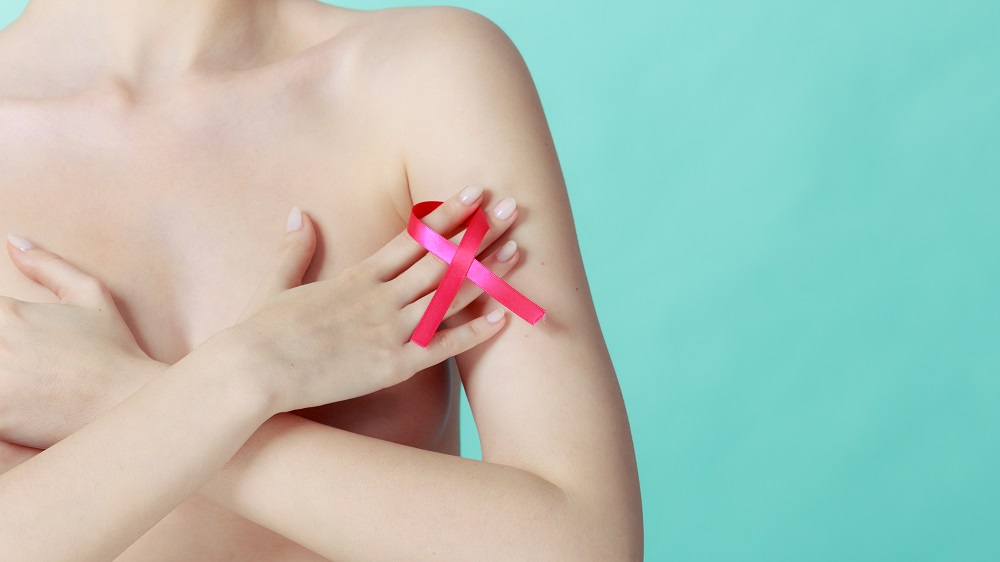
11 May Check Your Breasts: How To Do a Self-Exam at Home
CHECK YOUR BREASTS! THE ONE SELF-EXAM EVERY WOMAN SHOULD KNOW HOW TO DO
When it comes to health, we’re all well-versed in the mantra “prevention is better than cure.” Unfortunately though, cancer is a disease that has be linked to so many causes spanning both genetic and lifestyle factors that it’s almost impossible to completely eliminate your risk of its development. We believe every person should be actively working to diminish their risk of cancer development according to the constantly-evolving research available on this common disease.
, Early detection is the best line of defence. The earlier cancer cells are discovered, the more effectively the disease can be treated..
Two of the most important regular health checks women should be doing for cancer are monthly breast self-examinations and annual pap smears. These two vital checks can detect the disease while it’s still early enough to treat it & beat it, making them non-negotiable health practices in every female’s life.
HOW TO DO A BREAST EXAM AT HOME:
Make sure that you do this test every month, ideally three to five days after your period ends. If you no longer get your period, choose a set day every month and stick to it e.g. the first day of the month.
- Stand in front of the mirror and look at your breasts in their normal position. Lift your arms above your head as though trying to reach the ceiling and look at your breasts in a stretched position.
- Check to see that there are no obvious changes visible in both viewpoints, normal and stretched: i.e. no nipple changes or noticeable lumps.
- Now feel your breasts. Use the flat surface of your fingers. Always keep your hand flat on your breast. A good idea is to apply cream, shower gel, soap or oil to your breasts before beginning. This will help your hand glide easily over your skin and make it easier to feel for lumps.
- Put one hand on your head and use the free hand to check the opposite breast.
- Start by feeling for lumps in the armpit.
- Now move in the figure of a six around the entire breast, until you reach the nipple.
- Now go back to the armpit, moving from the top to the bottom of the breast, covering the whole area once again.
- Finally, move from the armpit in a side-to-side direction, again covering the whole breast. Remember that the breast starts from the collarbone and continues down to your abdominal wall, and it runs from your breastbone to mid-way through your side.
- Also check for any discharge from the nipple. To do this, gently squeeze the nipple to see if any fluid comes out. The only time that fluid should come out is if you’re breastfeeding. If the fluid is yellow or green, it indicates infection. If it is clear, or if blood comes out, go to the doctor immediately for a check-up.
WHAT TO LOOK OUT FOR:
- A lump in the breast or armpit. These can range in size anywhere from that of a marble to a tennis ball.
- Increase in the size of one breast.
- Swelling in the glands of an armpit.
- Enlargement of one arm.
- Dimpling of the skin.
- Dimpling of or changes to the nipple.
- Discharge from the nipple.
- Lowering of one breast or nipple.
- ‘Orange peel’ appearance on the skin of the breast and/or nipple.
- Retraction of one or both nipples.
- Dry skin (eczema) of the nipple.
Sourced from Marie Stopes: https://www.mariestopes.org.za/breast-self-examination-other-vital-health-checks-for-women/



Elana Rabinowitz
Posted at 19:54h, 09 JulyI just read your post on preventing breast cancer, and noticed in the picture a pink ribbon.
I don’t know if you’re aware of the pink ribbon campaign – initiated and supported by Big Pharma…….